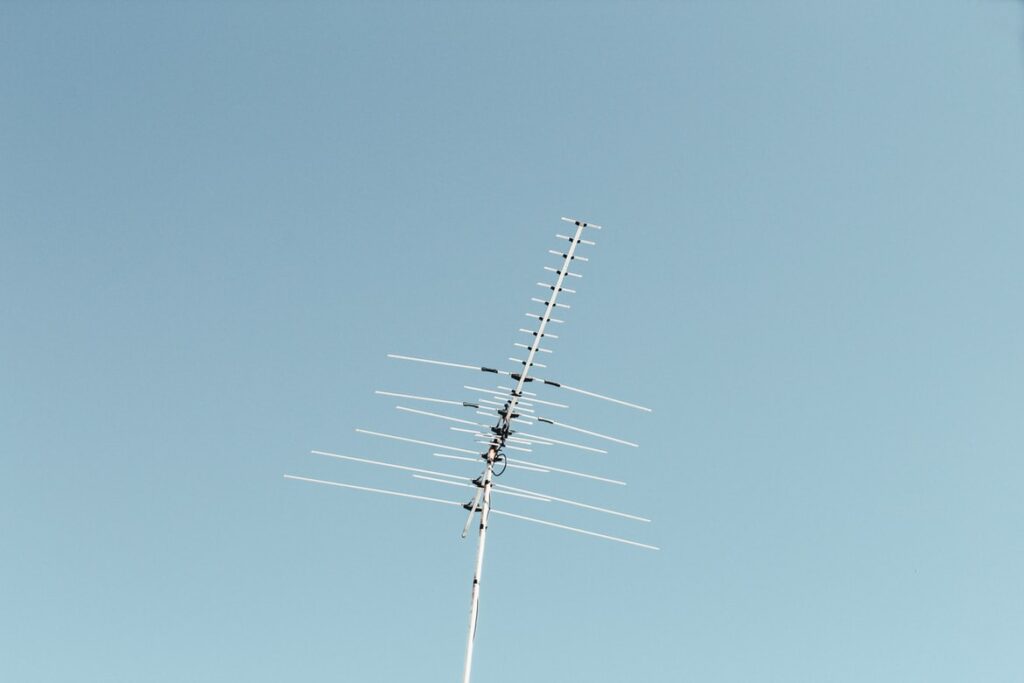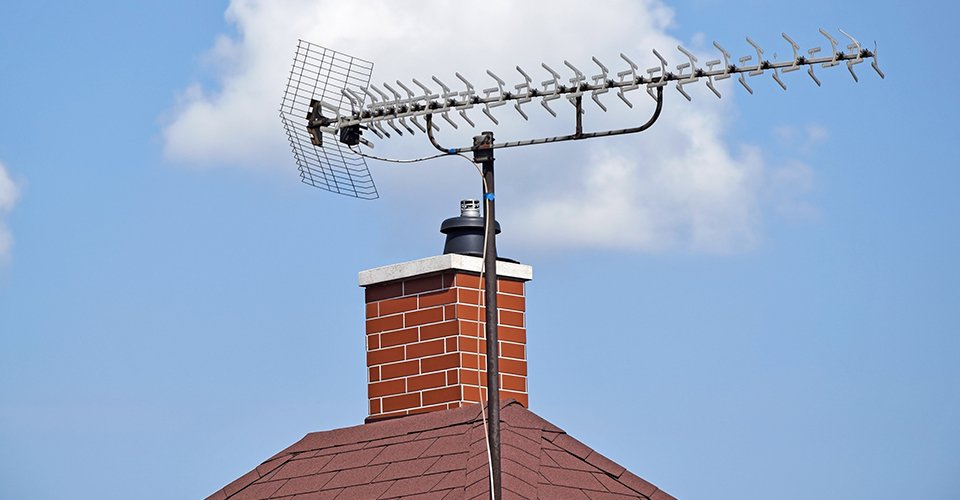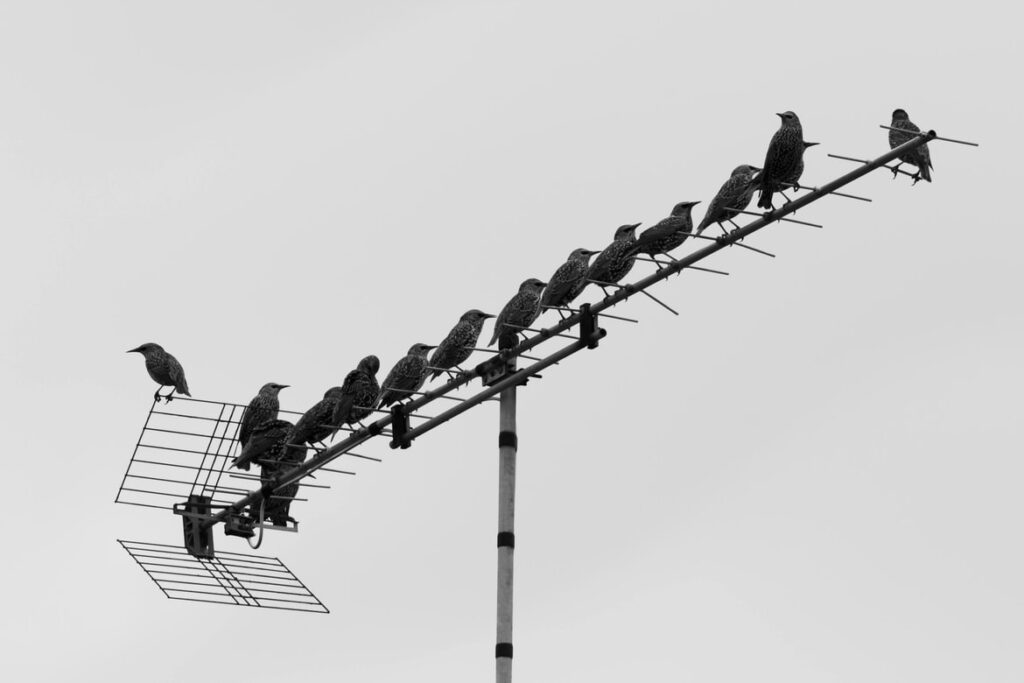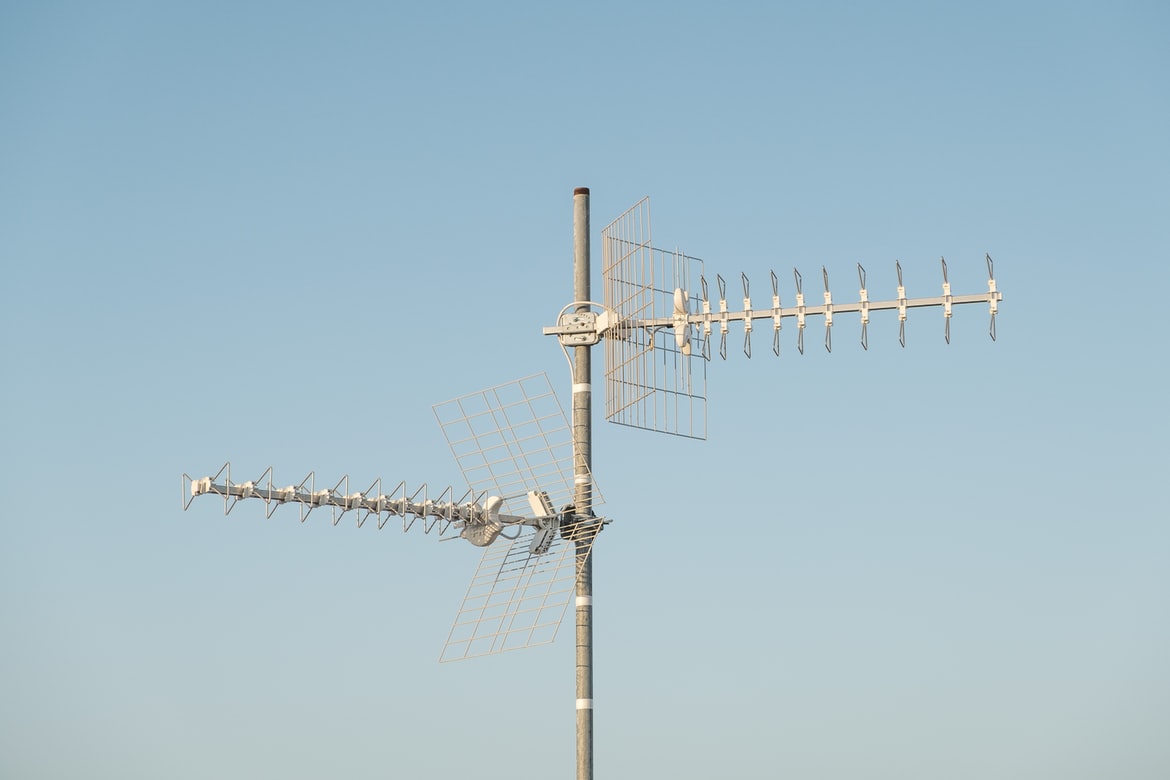Television has become a part of our daily life and a great way to relax after a stressful day. As a source of respite, the worst thing that can happen with it is a sudden problem. These problems are often associated with the antenna that we use for the sake of receiving signals. The fixes can be a guessing game at times and as such very time-consuming. For the sake of cutting down on headaches and assuring your problems go away quickly, we have compiled some long-term solutions for those who face these issues too often.
1. Clean and maintain your antenna

If your antenna hasn’t had any proper maintenance in recent times, your issues may stem from that. While they are made to be durable and resilient, they still deteriorate with age. Although the issues may not be as noticeable at the beginning, they could excel to the point your reception becomes so bad the TV is mostly static. Lack of maintenance can make the interference from weather conditions even worse, resulting in loss of channels too. The harsh wind can easily move a badly maintained antenna, which will definitely scramble our signal further.
To maintain a TV aerial, you’ll need to do a few things. Firstly, climb to your antenna and take a quick look at it. Are there any apparent damages on it? Are directors bent or caved in? How is the neck of the TV aerial holding up? If you see any bends try to correct them yourself if they aren’t too serious. In case you see some serious bending going on, like the TV aerial bending heavily towards one side, immediately call up professionals to take care of it. Not only does serious damage like this screw up your TV signal, it can also be a safety hazard. The more it bends the more likely it is to fall down, which can damage your property and injure passersby.
Another aspect of maintenance you shouldn’t ignore is removing any debris that finds itself on the TV aerial. For example, branches and leaves can get stuck between the directors which can cause issues with the signal or the item’s structure. These are usually easy to clear out, just pay attention to align the antenna properly once you are done with the clearing of debris.
2. Checking how tight the bolts are

The installation process of TV aerials is rather straightforward but even the simple tasks can be accidentally poorly done. Although professionals do these types of installations frequently, from the time to time they could miss out on some key installation requirements. One mistake that can occur is that they tighten the bolts too tight. The tighter fit doesn’t necessarily mean a more robust antenna, as the lack of flexibility given by the usual fit can immensely damage our TV aerial. The looser fits compromise its function too, making the area too easy to swing by wind or unexpected debris. If the bolts are exceptionally loose, the whole thing could come crashing down which can cause dangerous side effects as we’ve mentioned before.
If you have to constantly readjust the TV aerial, you may have an issue with how the bolts are tightened. Check the bolts yourself, see if any are particularly loose or tight, if something stands out try adjusting it with your own tools. However, if the problem persists and you can’t seem to get it right, call up a professional.
For that purpose, you may find https://tvaerialinstaller.co.uk useful as they offer great TV aerial installation services.
Even if your TV aerial has already been installed, they can come over and check how it’s been fitted, resolving any issues you may be having with bad TV aerial installation.
3. Realigning the antenna

Although the misaligned antenna is the most frequent cause of issues with TV aerials, we put it lower on this list. That’s mostly due to the importance of your safety that the first two categories pose. Even if you resolve the current reception issues by realigning the antenna, the structural issues of your TV aerial could result in consequences that could cost you a pretty penny and further disturb your TV watching experience. However, the act of aligning antennas for a better signal isn’t the only bit of info you should have on your side. It’s good to know the trick to getting the optimal TV reception no matter your location.
To achieve optimal reception, we’ll need to do a bit of research first. Check for nearby transmission towers and make sure to discern how many obstacles between your home and them there are. You can utilize some apps that are widely available to do this or make the task more manual by walking around and looking for them.
The obstacles can be anything from other homes to electromagnetic noise. Old cables or badly maintained equipment can heavily disturb incoming signals so try to avoid transmission towers near those as often as possible. Align your TV aerial with the tower that’s the least crowded for the sake of getting the optimal signal. Another helpful tip is to elevate the TV aerial higher up, giving it a clearer reception.
4. Check if there’s interference

While the aforementioned factors may act as interference on the most basic and apparent level, there are other types of interference you should educate yourself on. These types of interference may slip our minds when looking around and frustrate us by messing up the signal despite the precautions we took. The two main offenders in this category are cellular towers and reflective surfaces.
Although cellular towers used to operate on a frequency that was completely different from those of transmission towers TV aerials get signals from, that’s no longer the case. In 2009 the frequencies for cellular towers got changed, as more of the world populace required 4G and 5G networks to be available to them, which put a wrench in transmission tower’s signal carrying capacity. If there are cellular towers near your home or the transmission tower you are aiming to catch signals from, it’s likely they’ll cause major interference. To keep the interference minimal, make sure the TV aerial is facing away from the cellular towers. Another thing you can do is install a filter that will clear out the unwanted interference, keeping the signal clear.
Reflective surfaces are a simple one to manage. They disturb the overall reception especially if they are close to the TV aerial. The most common offender of this group is a metal roof. Don’t worry, if you have a metal roof there’s no need to replace the whole thing. Elevate the TV aerial 3 feet off the roof’s surface to remove interference. Keep in mind that the actual height could vary depending on your roof style but it shouldn’t be too difficult to adjust either way.

